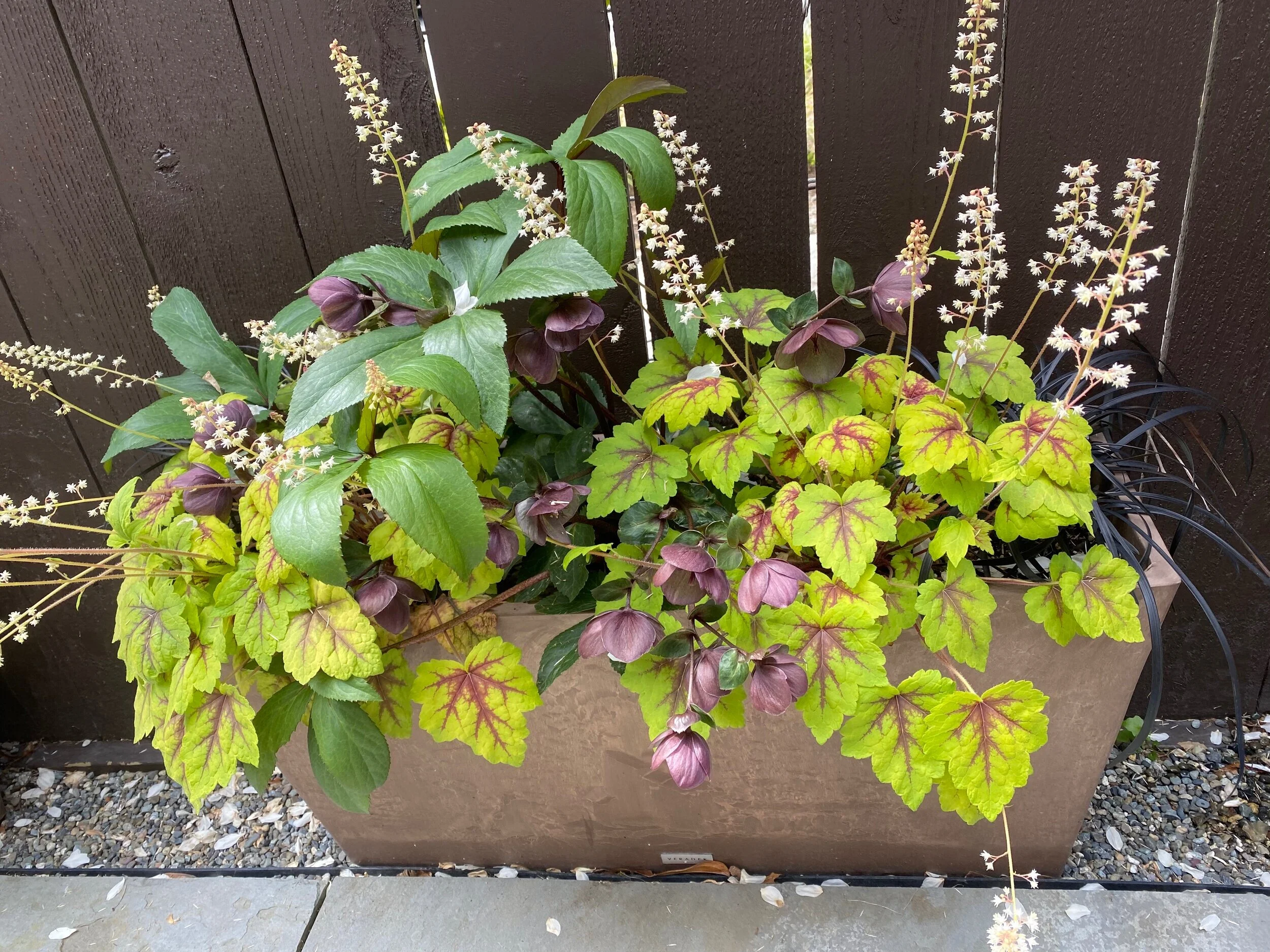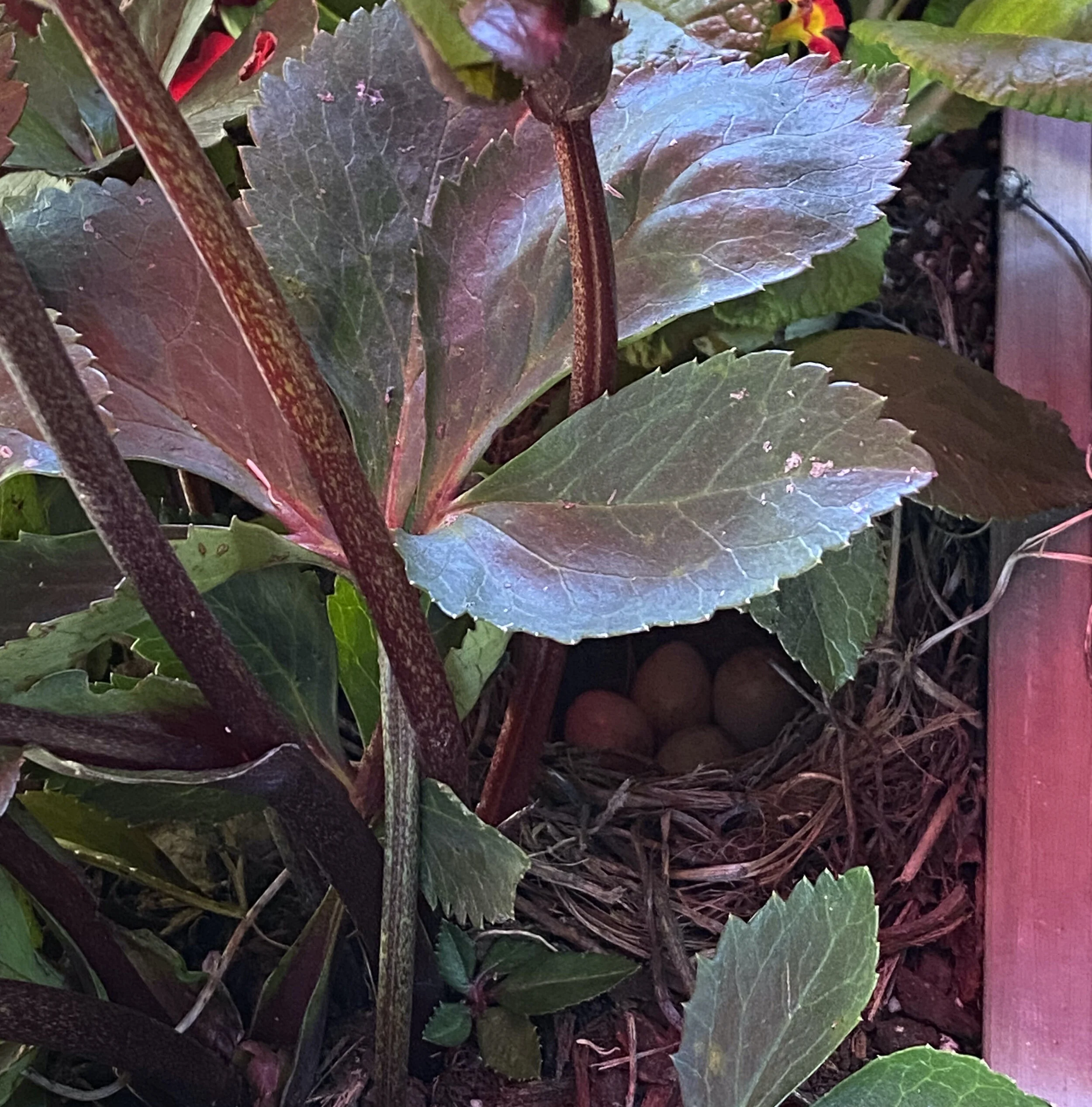Hellebore
Originally published in Hare’s Paw Literary Journal, Issue #4, March 2022.
It’s time to refresh what remains of last year’s garden. You’ve had other gardens, but what has grown these past two years is different: starts and seeds and containers bought while wearing a mask; soil turned in a virulent new world. You’ve trauma-bonded with these plants unlike those of previous seasons. But, the temperature’s rising, and it’s time to transplant and cultivate hope. There’s an urgency to it because, like your flowers, the world trying to open. Your schedule is filling.
You spend a precious hour digging new holes for old plants. You’ll move the salvageable and dividable. You prepare the dirt. It’s a happy reunion with earthworms. A beetle skitters out of the way; you and your shovel mean business. By evening, you’ll ache pleasurably, satisfied by the day’s efforts. You are a gardener, and therefore, a planner.
Many of last year’s plants still look nice: the primroses rode out winter’s storms. Elegant, black mondo grass sprouts between leggy, bi-colored huechera. Nestled in the middle is a thoughtful hellebore, that wonder of winter who generously extends itself well beyond obligation. Transplant it and you’ll have a shaded yard-full of them next year, a reminder of the way you bore-up when you didn’t think you could.
Everything is prepared and waiting. It’s time to relocate the hellebore and its neighbors from the patio planters. Shovel in hand, you kneel, prayer-like, in front of the first box. A little black and tan bird who has been hanging about the backyard scolds your invasion. You ignore it and start the urgent work before telephone or computer call you away. You angle the sharp tip of the trowel beneath the hellebore’s roots. You will coax and pull. You anticipate the tug of extraction, damp and earthy, grubs and bugs coming along. Your hand brushes a broad leaf, and there’s a flash of white at the base of the plant. Four eggs lay in a nest as perfect as the day on which you’re working.
A mouse-brown bird—the other half of the scolding pair—startles and flits from her refuge within the planter box. She flings a reluctant look over her shoulder at the clutch of eggs left behind. You inspect more closely: the nest is entwined in the stalks of the burgundy hellebore you are about to uproot. It’s the hellebore whose homecoming hole you have already dug in your yard.
The two birds watch from the trellis and chirp the losses. Postponing the renovation of the boxes does not fit your schedule. But you are a mother. Or, you know mothers. Regardless of gender or age, if you have a garden, you’re a mother. Not only to the plants within, but to animals, seen and unseen, who live within its boarders. You have unwittingly shared your plants with the birds, and have not only grown a garden, but a habitat—one you have relied upon the past two years. You have stood alone out here at night, silently thinking you’d die without your garden.
The planter box you created, in which two tiny birds have made their home, awaits your ministrations. Your destruction. There are holes and gaps in your front yard that need the hellebores. The primroses will look prettier elsewhere. The huechera will bolt. Untended, the contents of the planter box will wilt and go to seed over the nest.
You retreat with your shovel and fervent plans. Your pandemic garden will wait while the eggs are sat upon and the pair hatches four new Oregon Juncos. The plants and birds in this corner of your garden grow wild. The chicks learn to fly in your yard, then far beyond. They travel to places you can’t, and free your confinement. This spring, like you, the hellebores stay where they are needed.

